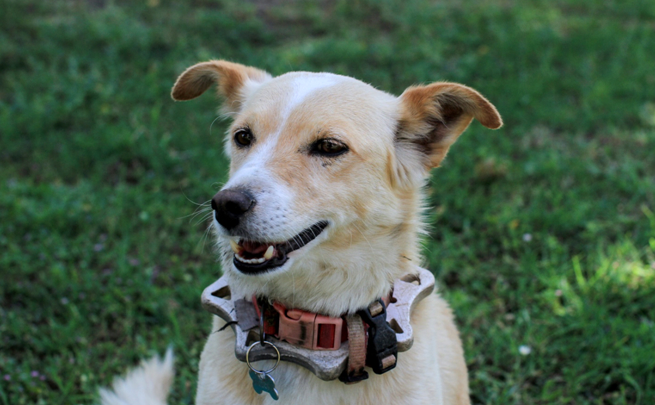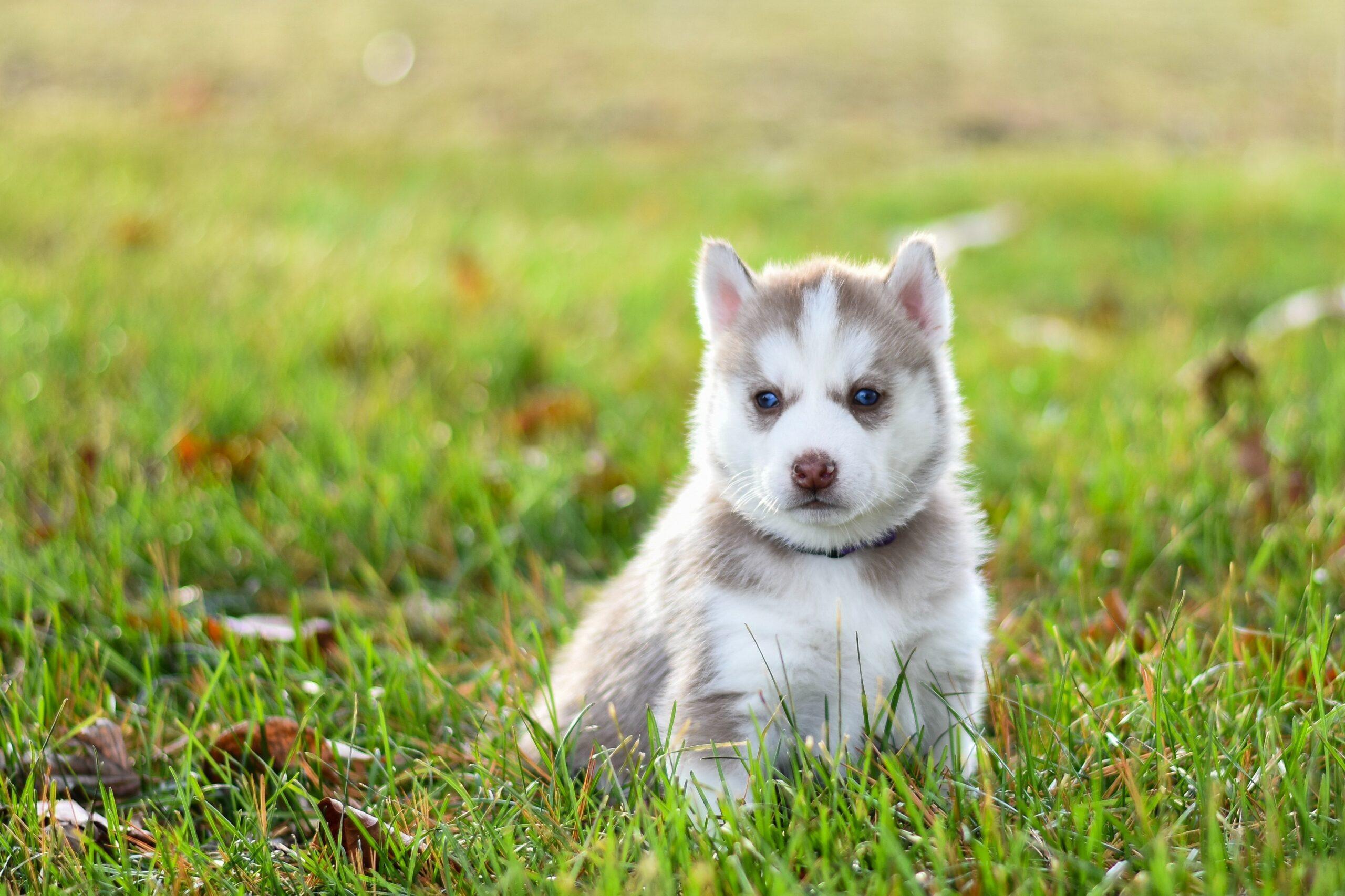
7 Types of Dog Collars How to Choose a Collar for Your Dog

Do you know a dog collars is an essential accessory that keeps your dog safe and helps with training? Hence, this could be the best accessory for your dog to have.
However, before heading to your local pet store, learn more about the following:
- How to choose a Dog Collar?
- What are the different kinds of collars?
- And find the one best suited to your dog’s needs!
You don’t have to worry if you are curious about how and where you would get this knowledge from. Continue reading this article, and you will know all about it.
How to Choose a Collar for Your Dog?
There are many things that you should keep in mind before you choose a dog’s collar. For instance, if you have a toy poodle, you would need a customized dog collar for both a toy poodle full grown and a toddler.
Following are some of the factors necessary to look for when you’re picking out a collar for your dog:
Size
Most dog collars will specify the size in inches. The collar should fit snugly but remain loose enough to slip a finger underneath. Use a measuring tape to measure your dog’s neck to ensure you select the proper size collar for your dog.
Material
Dog collars come in a wide array of materials. Nylon dog collars are the most common type; they’re inexpensive, easy to clean and hold up well against wear and tear.
Leather collars give your puppy an elevated look but aren’t ideal for dogs with hygiene and a relaxed lifestyle. At the same time, rubber and silicone collars are the best options for dogs who love to swim and those who live in wet climates.
Clasp
Some dog collars are designed to slip over your dog’s head and tighten when taut. However, a plastic or metal buckle is the most common clasp to secure a collar. It is known as a buckle collar. Breakaway, or quick-release collars, are designed to prevent accidents by coming undone when pressure is applied.
Leash Attachment
Most dog collars have a D-shaped ring or a metal loop that allows attaching a leash to the collar. Attaching a leash to the dog’s crate can provide greater control on walks.
Training Tool
Flat collars and harnesses are great for keeping your dog on the leash but offer little help with training. Consider using a training collar if your dog likes to pull on the leash.
7 Types of Dog Collars
There are several types of dog collars available in the market. But here in this article, we have highlighted the most common seven dog collar options:
- Flat collar
- Harness
- Martingale collar
- Head collar
- Slip collar
- Prong collar
- E-collar
- Flat Collar
Flat collars are the standard collar. They’re typically nylon, rubber, or leather and lay flat against the dog’s neck. A metal loop is usually sewn into them to attach ID tags and a dog leash. Flat collars are ideal for well-trained dogs who do not pull while walking.
If a dog pulls on the leash while wearing a flat collar, the collar will strain the dog’s neck and could slip off. However, keeping a flat collar on your dog at all times is a good idea.
- Harness
A dog harness attaches around your dog’s body rather than its neck. Harnesses around the dog’s front legs connect with a clasp at the top of the dog’s back. Harnesses are the perfect choice for small dog breeds. They place little strain on your dog’s neck and are hard to slip out.
- Martingale Collar
The martingale collar is a limited-slip collar, a cross between a slip collar and a regular collar. Martingales allow you to have greater control over your dog without choking them. They are ideal for dog breeds with narrow heads at greater risk of slipping out of a flat collar.
They fall around your dog’s head and are worn high on the neck, just below the jawbone. When the dog puts tension on the leash, the leash tightens to an extent.
When the dog relaxes, the collar loosens again. A martingale collar isn’t a complete replacement for a flat collar, and its best not to leave an unsupervised dog with a martingale collar in case it gets caught in something.
- Head Collar
Headcollar is also known as a head halter or halter collar. Head collars slip over your dog’s snout and attach with a clasp behind their ears. Their unique design places less pressure on your dog’s trachea and makes it more difficult for dogs to bark or pull while walking.
They’re a good option for gently training your dog to remain focused while on a walk. However, like all training tools, they only work well for some dogs and should be used with proper guidance.
- Slip Collar
A slip collar is also a choke chain or choke collar. The design of a slip collar is made to tighten around your dog’s neck when they pull on the leash. The sensation will alert your dog to stop panicking on the leash. Though practical if used correctly, slip collars present a choking hazard and can put undue strain on your dog’s neck and trachea.
- Prong Collar
Prong collars, also known as pinch collars, are made of metal and feature fang-shaped prongs that pinch your dog’s neck when taut. However, misuse of a prong collar can cause severe damage to your dog’s neck and trachea and
- E-Collar
Colloquially known as “shock collars,” the e-collar is a dog training collar that delivers an electric pulse by metal contact points inside the collar. You may use it to prevent a dog from leaving a specified area.
Conclusion
In a nutshell, a dog’s collar is an essential accessory for a dog and its master. It is one of the best gifts for your dog. Hence, please get the perfect size, material and clasp for it.
So, choose the collar that would be perfect for your buddy and ensure that your puppy has the best experience.




